Encountering a tiny, vibrant creature during a forest hike might seem like a quintessential moment of nature appreciation. However, beneath the benign facade of some insects lies a sting so severe that it ranks among the world’s most painful. Welcome to the world of the bullet ant – a master of disguise and one of the most formidable creatures in the insect kingdom.
What is a Bullet Ant?
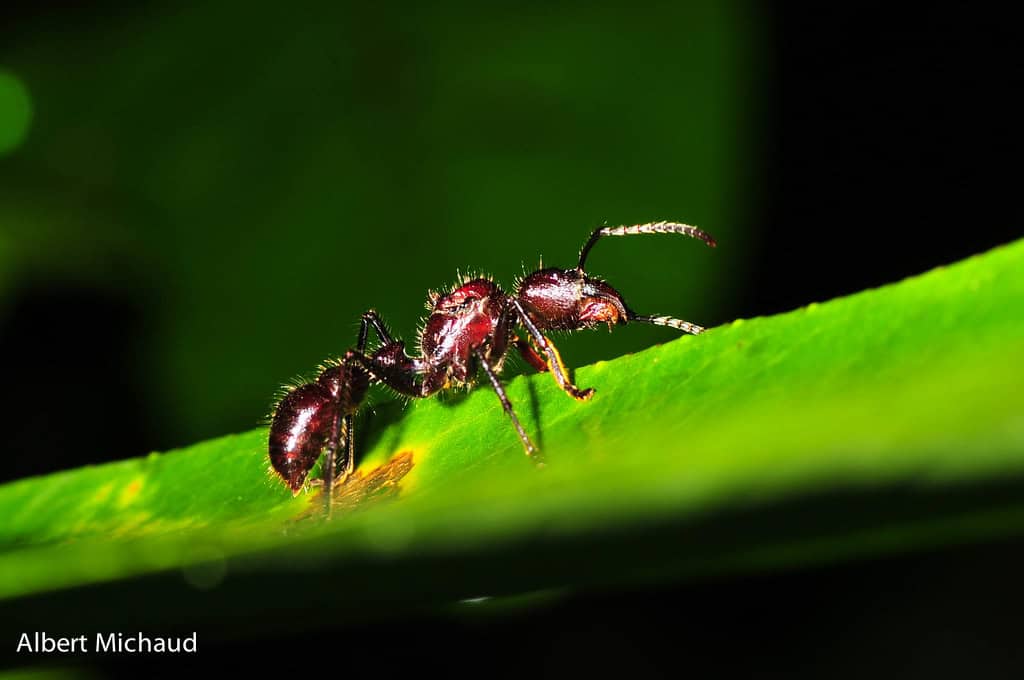
Though its name brings vivid imagery to mind, the bullet ant (Paraponera clavata) is a small, wingless insect native to the rainforests of Central and South America. It’s renowned not just for its size, often reaching up to 1.2 inches, but for its potent sting, which is reportedly comparable to being shot by a bullet—hence its name.
Why is the Sting so Painful?
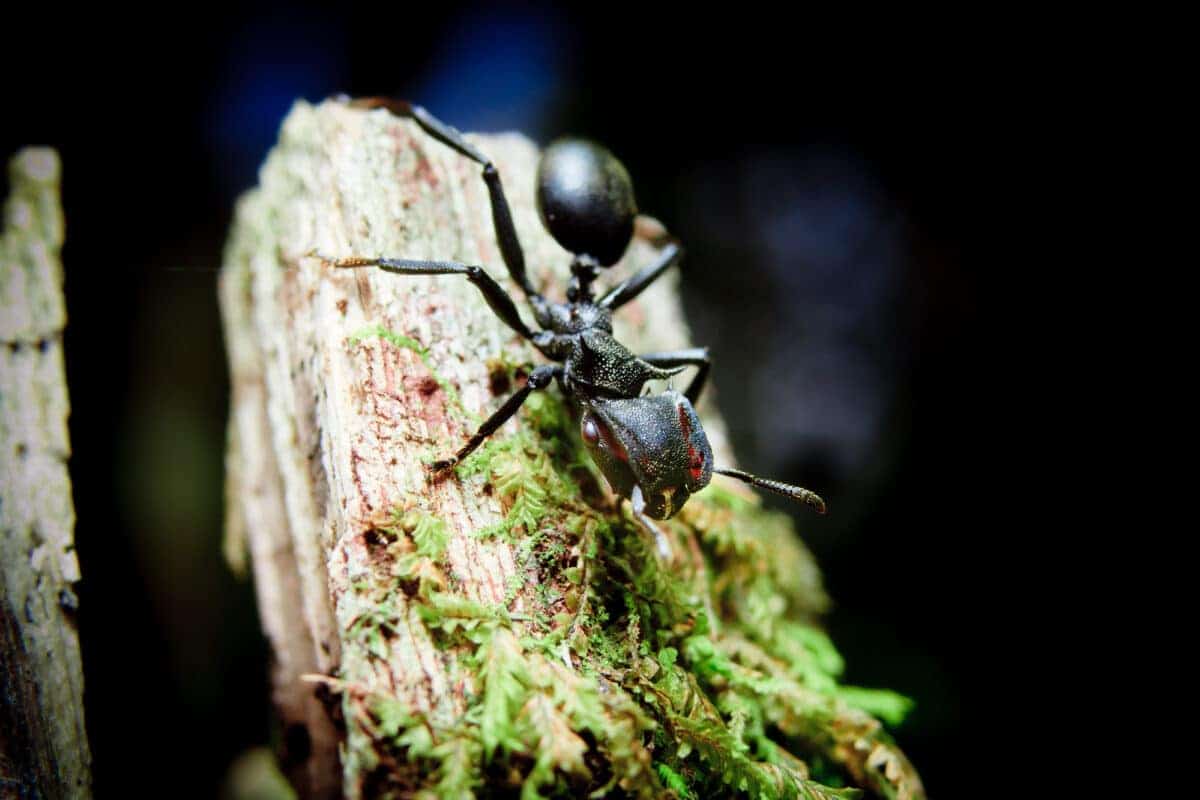
The bullet ant’s sting tops the Schmidt Sting Pain Index, a scale developed by entomologist Justin Schmidt, who described the ant’s sting as “…pure, intense, brilliant pain. Like walking over flaming charcoal with a 3-inch nail embedded in your heel.” This is due to the venoms containing poneratoxin, a paralyzing neurotoxic peptide that disrupts the nervous system.
The Role of Venom in the Wild

Despite its fearsome reputation, the painful sting of a bullet ant serves a vital role in its ecosystem. The venom is primarily a defense mechanism against predators, ensuring the survival of the colony by warding off threats. Additionally, it helps the ants in capturing and subduing prey.
Where Do Bullet Ants Live?
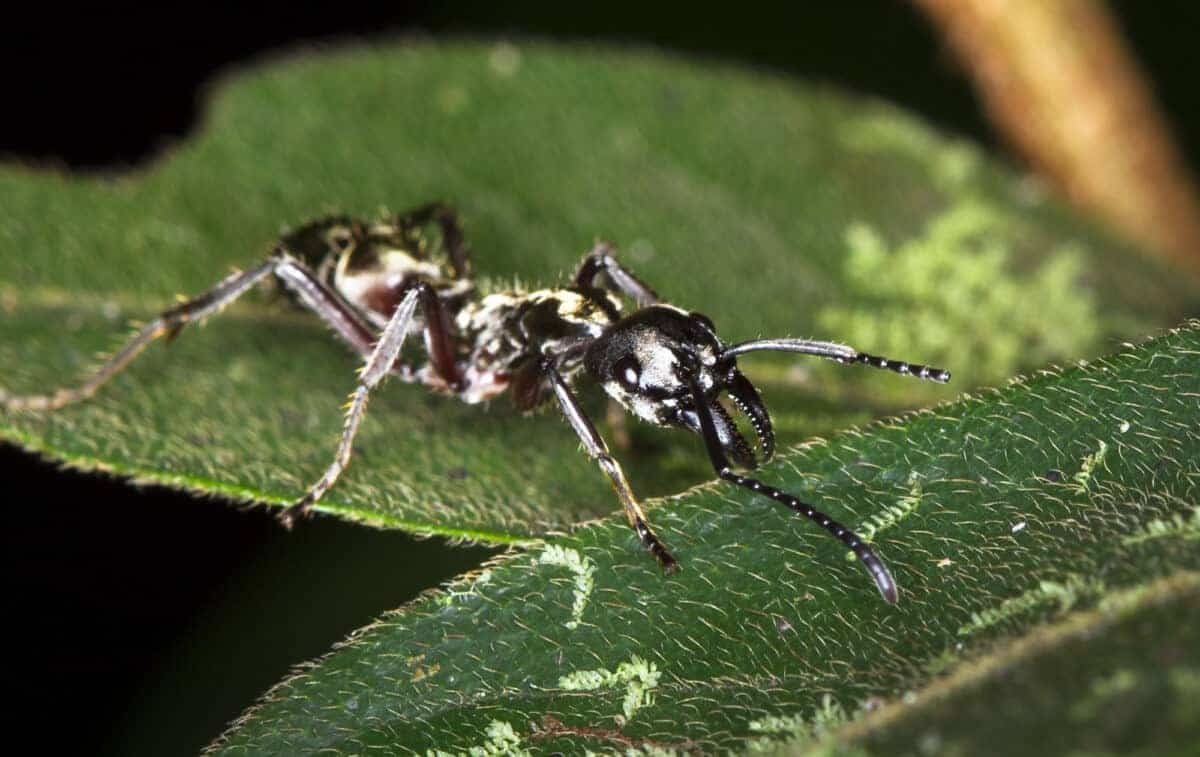
These ants are primarily found in humid rainforests ranging from Nicaragua to the Amazon Basin. They thrive in high-moisture environments where they build complex nests at the base of trees and forage among the forest litter.
Social Structure and Behavior
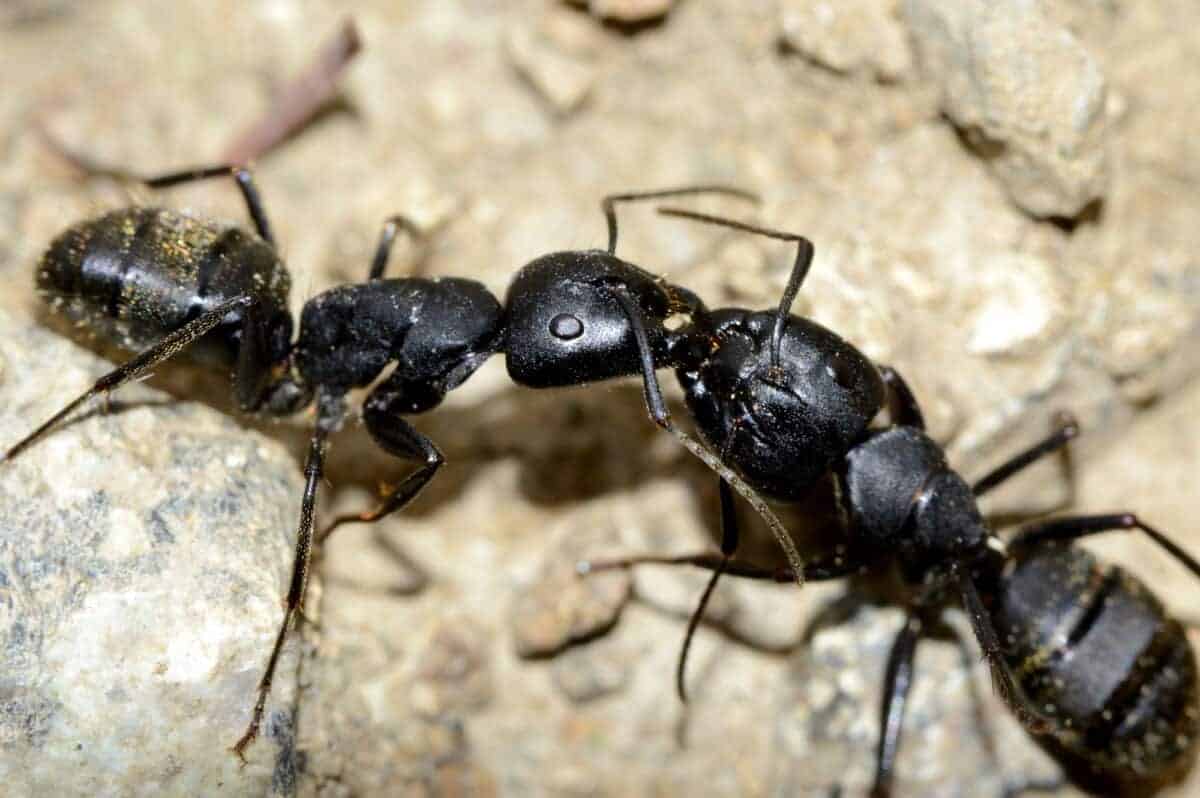
Like many ant species, bullet ants operate within a highly organized social structure. Colonies consist of workers, males, and a single queen. Their cooperation is essential for survival, whether it’s hunting for food, expanding their nests, or defending their territory from intruders.
Communication within the Colony
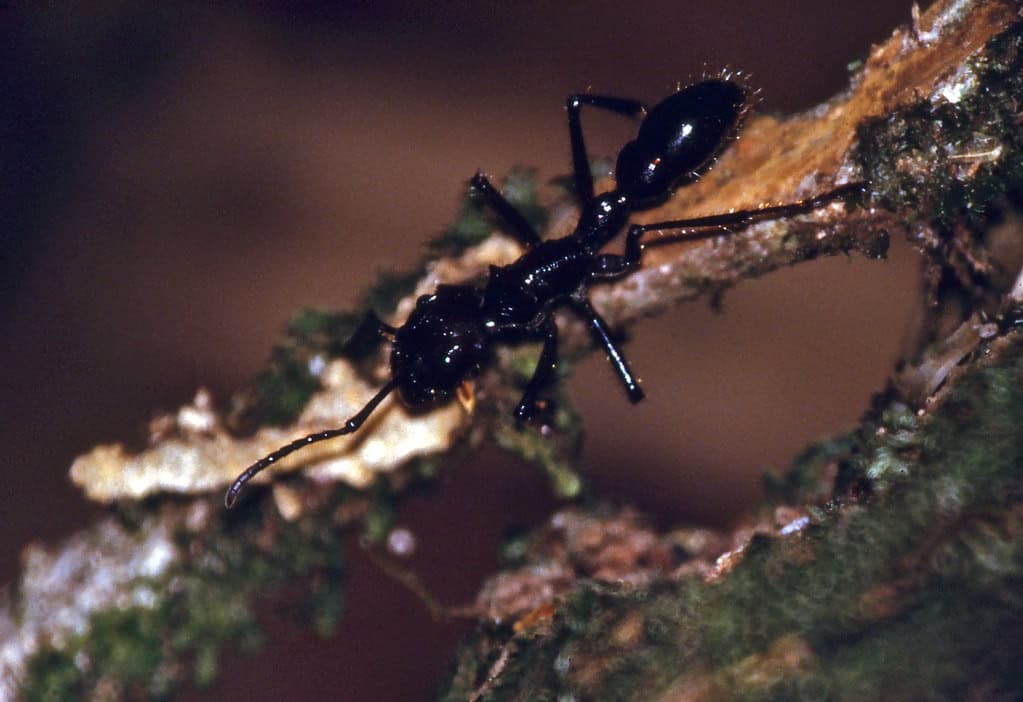
Bullet ants communicate primarily through pheromones, chemical signals that can direct others to food sources or warn of danger. This complex form of communication ensures the colony operates efficiently and can respond quickly to environmental changes or threats.
Diet and Feeding Habits
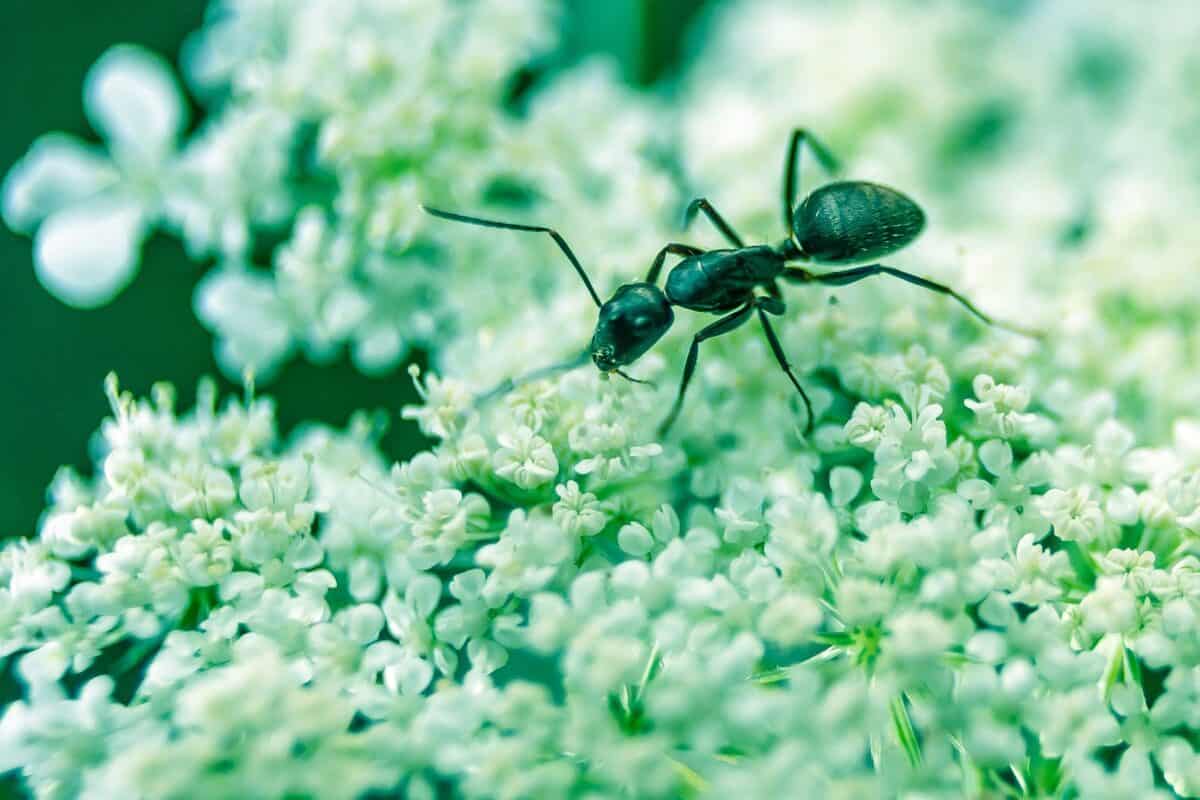
Beneath the canopy, bullet ants are predators and scavengers. They feed on nectar, small insects, and even larger arthropods. Foraging is a communal task, with workers collaborating to haul large pieces of food back to the nest.
Impact on Human Communities
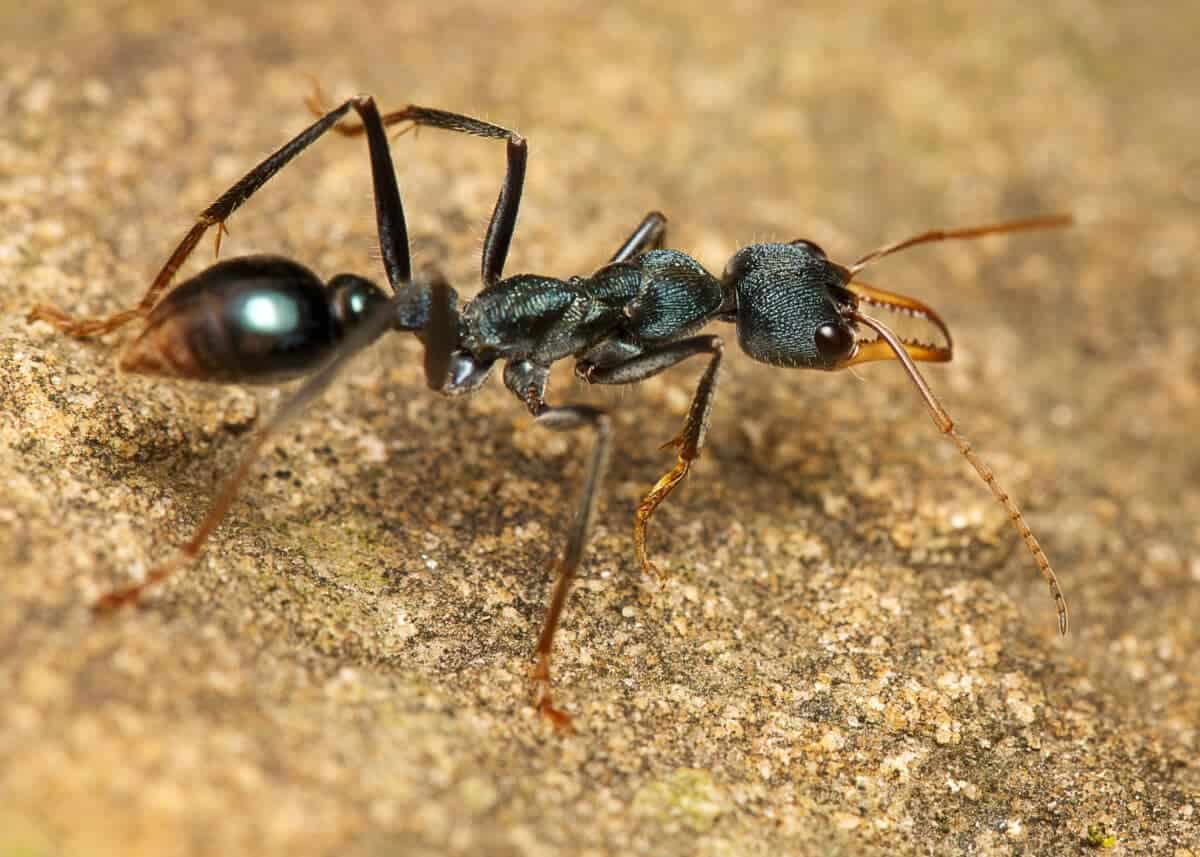
In indigenous cultures, bullet ants play a role beyond their natural habitat. For the Sateré-Mawé people in Brazil, the bullet ant is integral to a coming-of-age ritual. Young boys endure multiple stings to gain strength and resilience, a testament to the ant’s cultural influence.
Can a Bullet Ant Sting Be Dangerous?
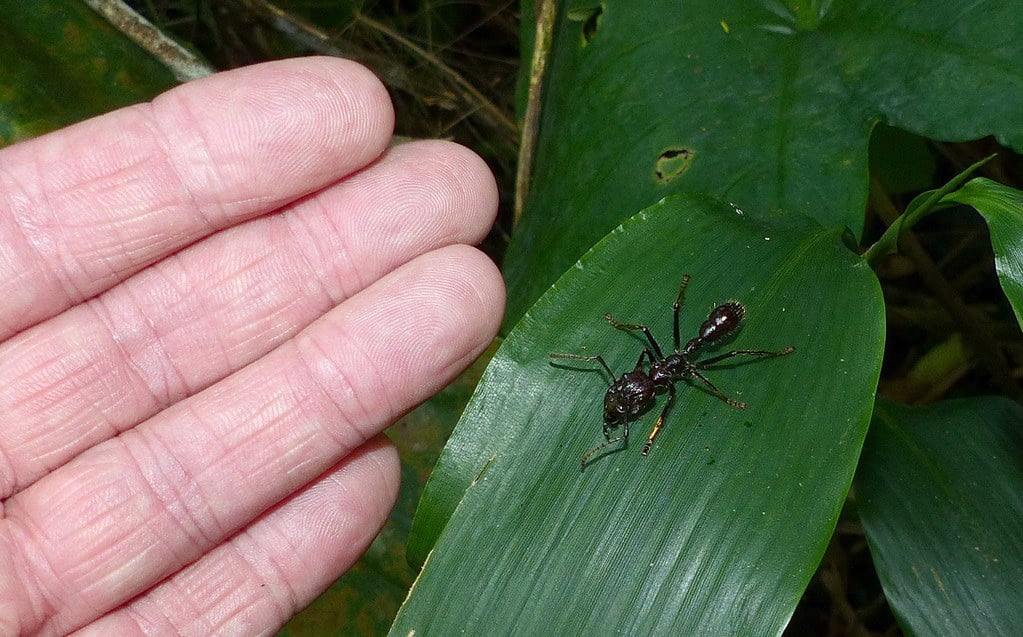
While excruciatingly painful, a bullet ant sting is rarely life-threatening. Allergic reactions can occur but are uncommon. The pain, intense and debilitating as it may be, typically subsides completely within 24 hours without long-lasting effects.
How to Treat a Bullet Ant Sting

If stung, managing the pain entails washing the area with soap and water, applying ice to reduce swelling, and taking over-the-counter pain relief as needed. Staying calm is essential to reduce the heart rate and metabolize the venom more slowly.
Research and Scientific Interest

The bullet ant is not just a curiosity but a subject of scientific research, particularly regarding its venom’s potential medical applications. Studies are underway to determine if poneratoxin can be harnessed for developing new painkillers or insecticides.
Conservation Status
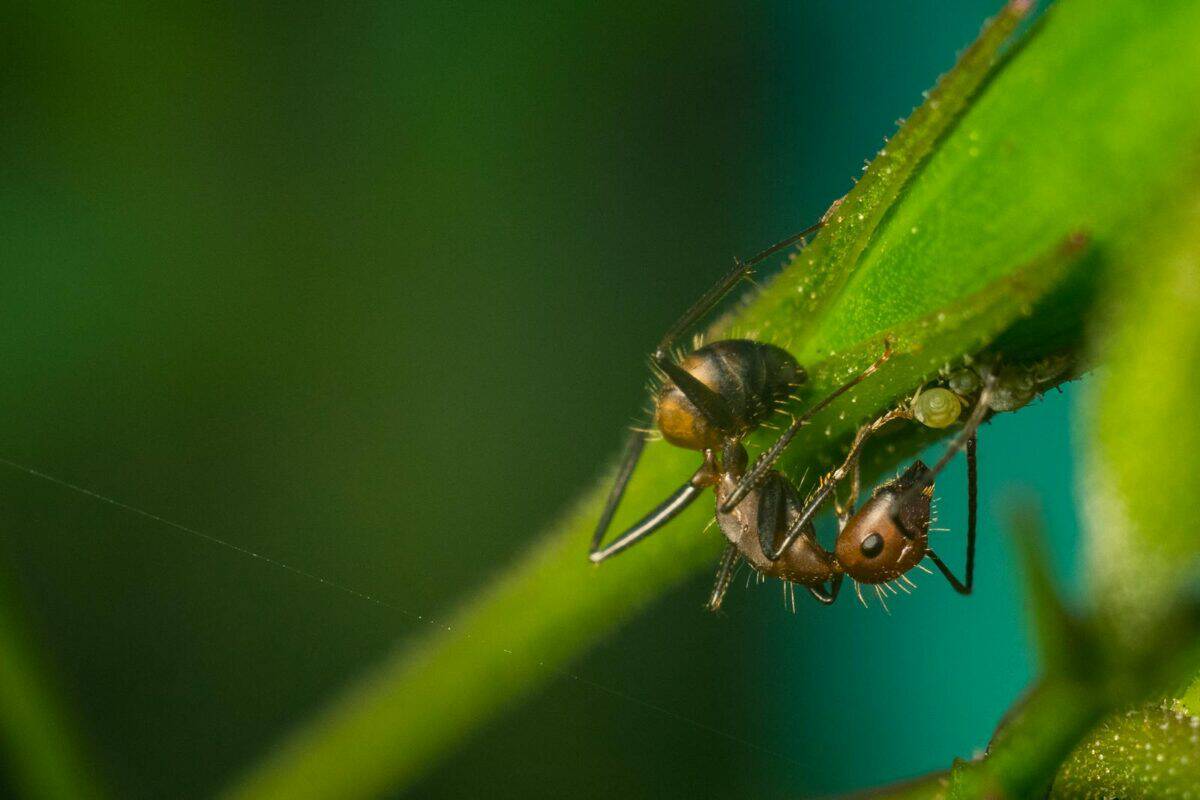
Currently, bullet ants face no immediate threats to their population. However, as rainforests face increasing deforestation pressures, the habitat and survival of these unique ants may become compromised in the future.
The bullet ant, with its imposing sting, serves as a reminder of nature’s awe-inspiring intricacy. Though it may seem terrifying to humans, it plays a vital role in its ecosystem and even in human culture. Understanding such creatures enriches our appreciation for biodiversity and highlights the importance of preserving their natural habitats.
- Wildlife Encounters You Might Have on a Spring Hike - August 23, 2025
- Wildlife That Thrives in the Carolinas Year-Round - August 23, 2025
- The Role of Bears in Keeping Forests Healthy - August 23, 2025

